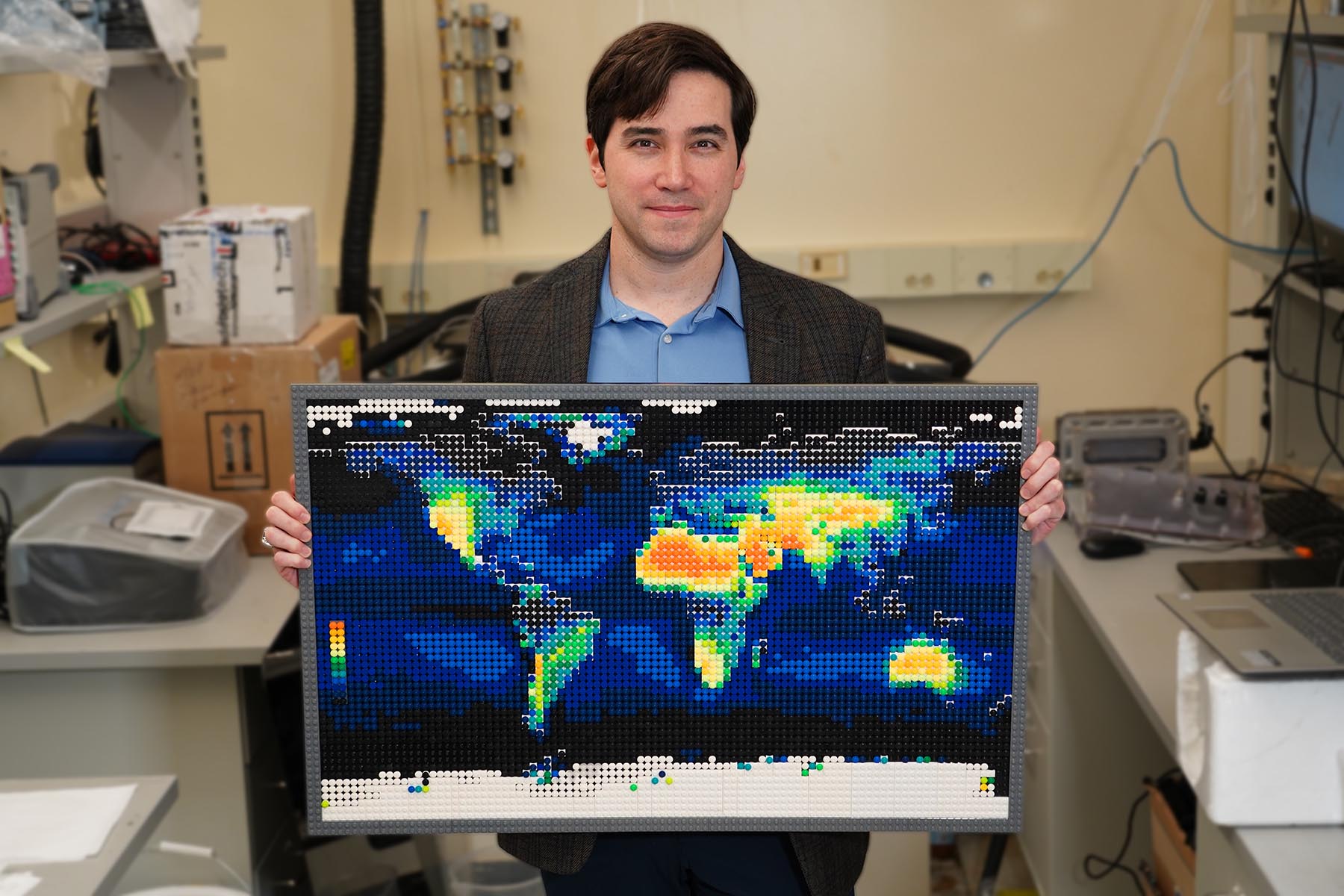
Read the full story from Purdue University.
Earth’s atmosphere holds six times more fresh water than all of its rivers combined. So is it possible to harvest that water, in areas where people have no other fresh water source? Purdue University researchers have crunched the numbers and have the data to show which atmospheric water harvesting methods work best in different regions of the world.
“Water in the atmosphere is widely available, and requires a lot less filtering than that of groundwater,” said David Warsinger, assistant professor of mechanical engineering. “Some areas of the world don’t have a viable source of groundwater, and they’re not near enough to the sea to make desalination practical. For them, atmospheric water harvesting may make the most sense. But this is still very much an emerging technology.”
